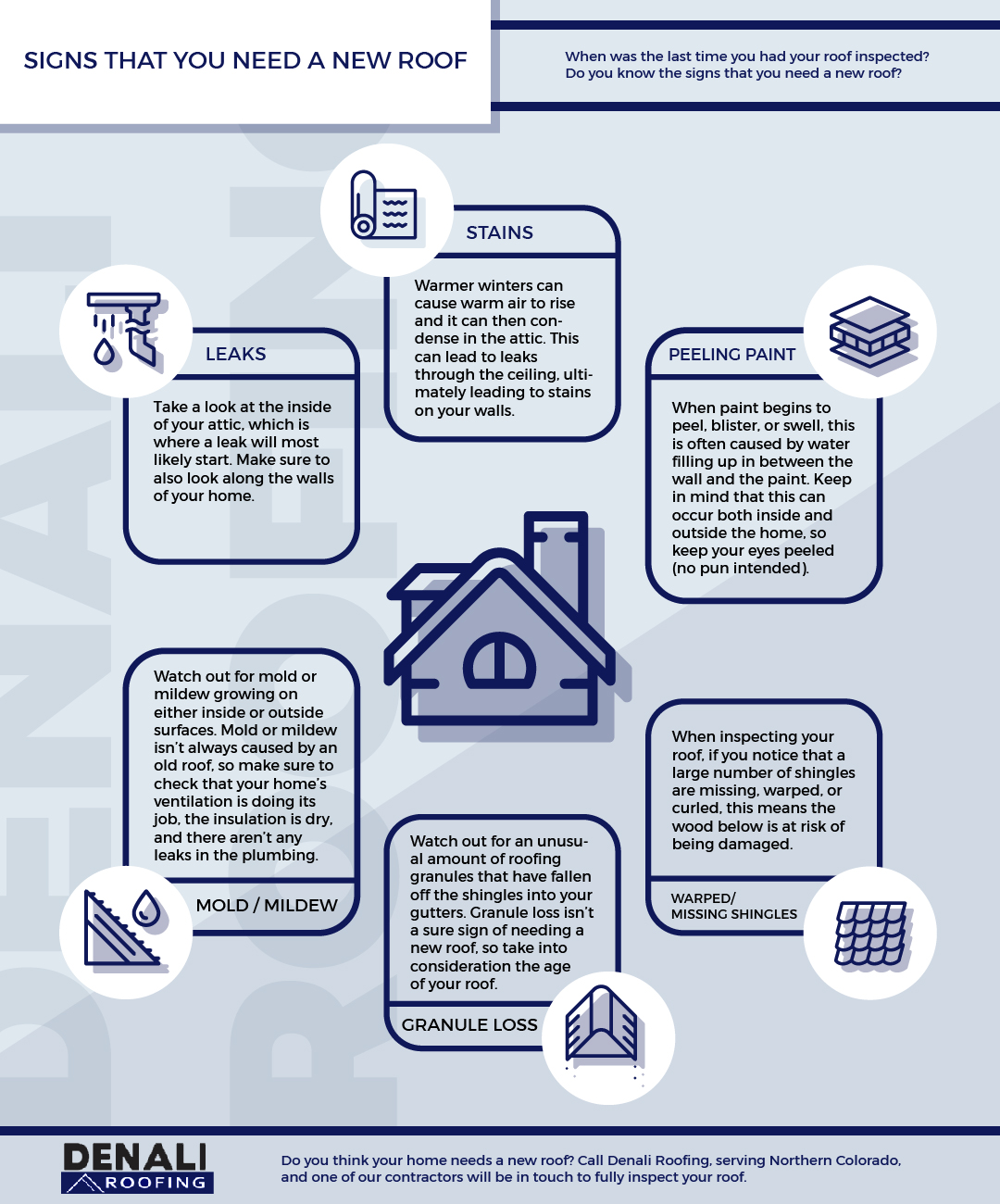Just How Climate Impacts Roof Covering Installment: Ideal Seasons And Conditions For A Successful Task
Just How Climate Impacts Roof Covering Installment: Ideal Seasons And Conditions For A Successful Task
Blog Article
Created By-Johannesen Noer
When it comes to roofing system setups, the weather can make or damage the work. Envision the disappointment of handling materials that won't coordinate as a result of extreme warmth or battling unsafe surfaces triggered by unexpected rainfall. Recognizing the effect of weather conditions on your roofing project is crucial for an effective result. So, allow's discover exactly how different weather condition components can affect the high quality and resilience of your roof covering installment, making certain a job well done.
Influence of Temperature Level on Roof Covering Installation
When it concerns roof covering installation, temperature level plays a vital duty at the same time. The ideal temperature level for roof tasks typically drops in between 45 and 85 degrees Fahrenheit. Severe warmth can trigger products like roof shingles to come to be also pliable, bring about potential damages during installation. On the other hand, cold temperature levels can make materials weak and vulnerable to splitting. It's important to set up roof covering installations throughout moderate temperatures to guarantee the best end result.
Throughout colder weather condition, specialists may require to take extra preventative measures such as using heated tools or enabling materials to heat up prior to installation.
In contrast, hot weather might require work to be done earlier or later on in the day to prevent the peak temperatures. By taking into consideration the temperature level and its effects on roof materials, you can assist guarantee a successful installment that will stand up to the components for many years ahead.
Impact of Precipitation on Roof Covering Projects
Roof covering tasks can be substantially affected by rainfall, impacting both the timeline and the high quality of the installment. Rain or snow can create unsafe conditions, making it unsafe for roofing professionals to work with a wet surface area. Furthermore, dampness can compromise the attachment of materials like shingles or underlayment, resulting in potential leaks or problems in the future.
If it rainfalls during a roof task, the water can leak into vulnerable areas, triggering hold-ups as the installment team should await the roofing system to completely dry prior to continuing. Extreme moisture can also promote the growth of mold and mildew and mildew, further jeopardizing the stability of the roofing system.
To prevent why not try these out , it's advised to schedule roofing projects during drier periods or monitor the weather forecast closely to intend about any kind of prospective rainstorms. By taking preventative measures to operate in favorable climate condition, you can make sure a smoother and more effective roof installation procedure.
Influence of Wind Rate on Setup Success
During roofing installation, the speed of the wind plays a vital role in determining the success of the job. High wind speeds can present significant challenges to roofing professionals, possibly resulting in safety and security hazards and quality issues. When wind speeds exceed suggested limitations, it comes to be tough to handle products, raising the danger of crashes and damage to the roofing products. Solid gusts can additionally impact the accuracy of dimensions and the accuracy required for correct installation.
To guarantee a successful roofing system setup, it's essential to keep track of and consider wind speeds. Ideally, roof covering installation need to take place on days with low to modest wind rates. Get More Information improves the safety and security of the employees yet likewise enhances the overall high quality of the installation.
Roofing jobs set up throughout calm weather are more likely to be completed efficiently and with less errors. By taking notice of wind speed projections and preparing accordingly, you can assist guarantee a smooth and effective roofing installment process.
Final thought
So, when it comes to roofing installation, bear in mind to think about the weather conditions to make certain a successful task. Optimal temperatures, completely dry conditions, and moderate wind speeds are vital aspects to prioritize for a smooth installation procedure. By arranging licensed roofers in san antonio during the very best seasons and excellent weather, you can attain a resilient and lasting roof that will certainly shield your home for several years to come.
